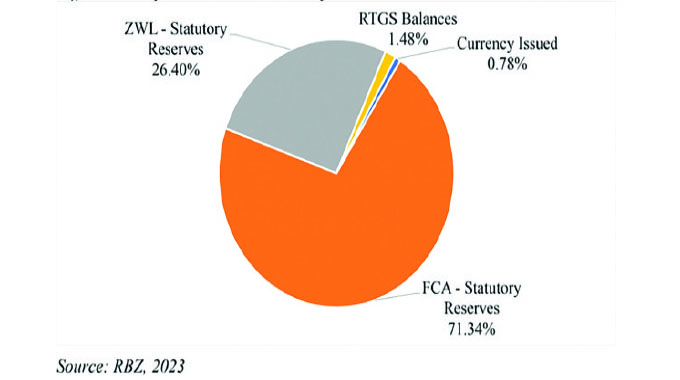Solar water geysers save electricity
However, with a well-designed solar water heater system, you do not have to contend with a cold bath or shower after a long day at work, school or play, you will also be able to relax knowing that you are saving 25 to 30 percent on your electricity bill.
The sun provides a huge amount of energy and this energy is fully renewable, free and available for six to eight hours per day on average.
In Zimbabwe we have an abundance of good quality sunshine throughout most of the year and this can be utilised as thermal/heating energy or solar/electrical energy.
Thermal energy can be used to heat water very efficiently and is green, free, clean and renewable.
Using solar water heaters is extremely green and reduces the reliance on fossil fuels and electricity, they directly reduce carbon dioxide emissions which contribute to global warming.
The average household can reduce CO2 emissions by 20 percent by using solar water heaters.
The new technology vacuum tube type solar water heaters are very efficient and affordable to purchase and easy to install.
Reductions of electricity costs due to installation of solar water heaters can be between 20 to 30 percent of average household electricity bills.
With current costs of solar geysers and the cost of Zesa means that the savings in electricity cost are huge, the system will pay for itself within a very short time.
Uses and advantages of solar water geysers
Uses — These can be used for domestic, household, industrial, schools, clinics, hospitals, kitchens, catering, etc. Ideal for rural off-grid use and as source of hot water in times of power cuts and load shedding.
Advantages — Reduce electricity costs by 25 to 30 percent and can pay for themselves by electricity savings within a year.
They are environmentally friendly as they reduce carbon dioxide emissions by 30 percent.
They are easy to install and very cost effective in comparison to purchasing traditional electric geysers.
They come in a variety of sizes from 70 to 250 litres and custom designed for projects of sizes from 1 000 litres and upwards.
They can be installed as pressure or non-pressure gravity feed and split unit systems






Comments